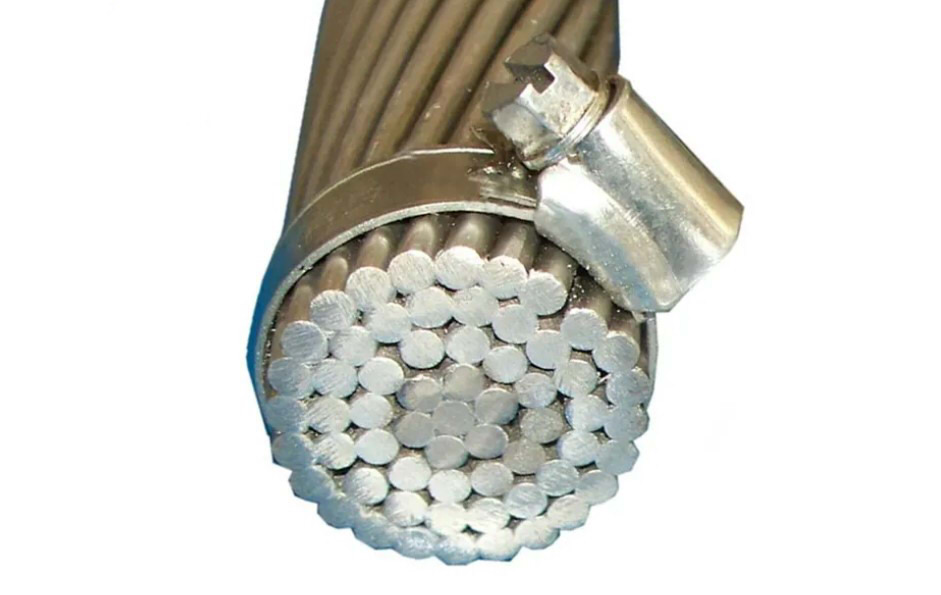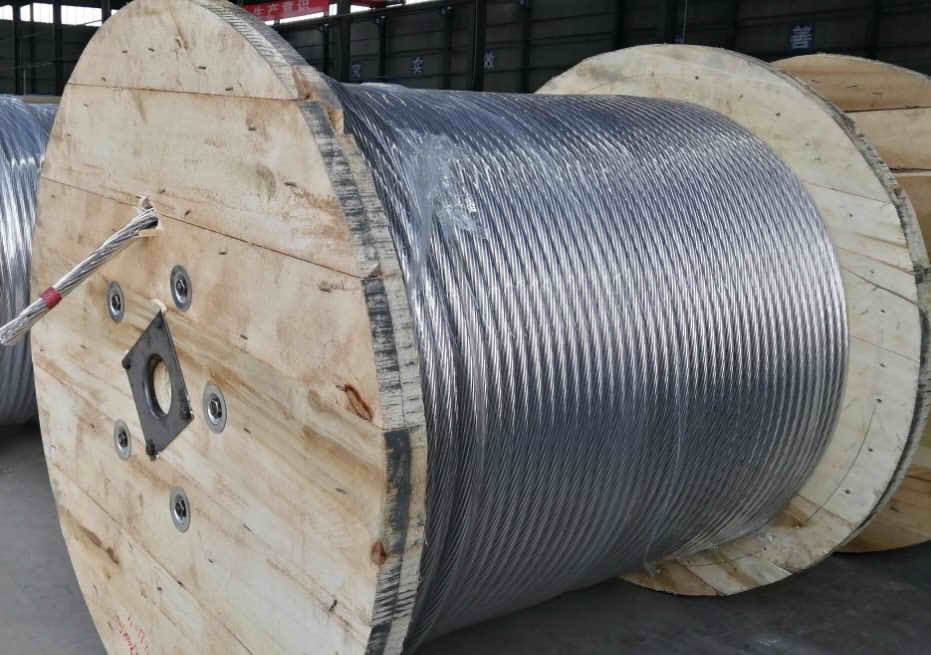ACSR overhead conductors are steel-core aluminum stranded conductors. This bare conductor is used in overhead cables. It has the advantages of simple structure, easy erection and maintenance, low line cost and large transmission capacity.

Features of ACSR Overhead Conductors
ACSR overhead conductor is suitable for laying across rivers and other special geographical conditions. It has good electrical conductivity and mechanical strength and tensile strength. If ACSR cable is used, its tower distance can be increased and the numbers of tower pole can be reduced. Therefore, this conductor is widely used in overhead transmission and distribution lines of various voltage levels.
Steel is stronger than aluminum, which increases the mechanical tension on the conductor. Steel also has a lower elasticity and elongation. This can increase the mechanical load capacity of overhead cables. Steel-core aluminum stranded cables have a lower coefficient of thermal expansion under current load. These properties allow ACSR to sag considerably less than AAC conductors.
Aluminum alloys used for exterior stranding are typically 1350-H19 in the U.S. and Canada, and 1370-H19 elsewhere. Both of them have an aluminum content of 99.5% or more. Tempering of aluminum in the case of H19 means extra hard. To prolong the service life of the conductors used, the steel core is usually galvanized or coated with other materials to prevent corrosion. For different ACSR conductors, the diameter of both aluminum and steel varies.
ACSR cable still relies on the tensile strength of aluminum, it is simply reinforced by steel. Because of this, its continuous operating temperature is limited to 75 °C. ACSS cables, which rely entirely on the strength of steel, can be used at temperatures of up to 250 °C.

Upgrade of ACSR - ACCC Conductor
With the development of manufacturing technology in the cable industry, ACCC conductors using carbon fiber instead of steel cores were invented. Compared to ACSR cables, ACCC overhead cables are lighter in weight. This is because it uses a lightweight, small size carbon fiber composite as the core. Carbon fiber not only increases the overall load-bearing capacity of the cable, but also reduces the size of the core.
Compared to ACSR conductors of the same diameter, ACCC conductors provide double the current-carrying capacity. Because ACCC overhead cables can withstand temperatures up to 200 °C, they can effectively solve the problem of cable sag caused by high temperatures. In addition, thanks to its non-bimetallic construction, ACCC overhead cables are also corrosion resistant.
Existing overhead cables are less often upgraded by removing old lines and then erecting new towers. This method is not only costly, but also has a long construction period. This increases the project cost and extends the construction period to a certain extent. Long outages during the erection of new lines can also affect the number of available devices and the reliability of the power supply to the grid.
The choice of new overhead cables as direct replacements for the original cables both utilizes the original line equipment and minimizes retrofitting. Many of the current upgrades for ACSR overhead lines are direct replacements for ACCC conductors. However, the cost of ACCC cables is high, and if the requirements for cable capacity are not too high, it is still more economical to choose ACSR conductors.